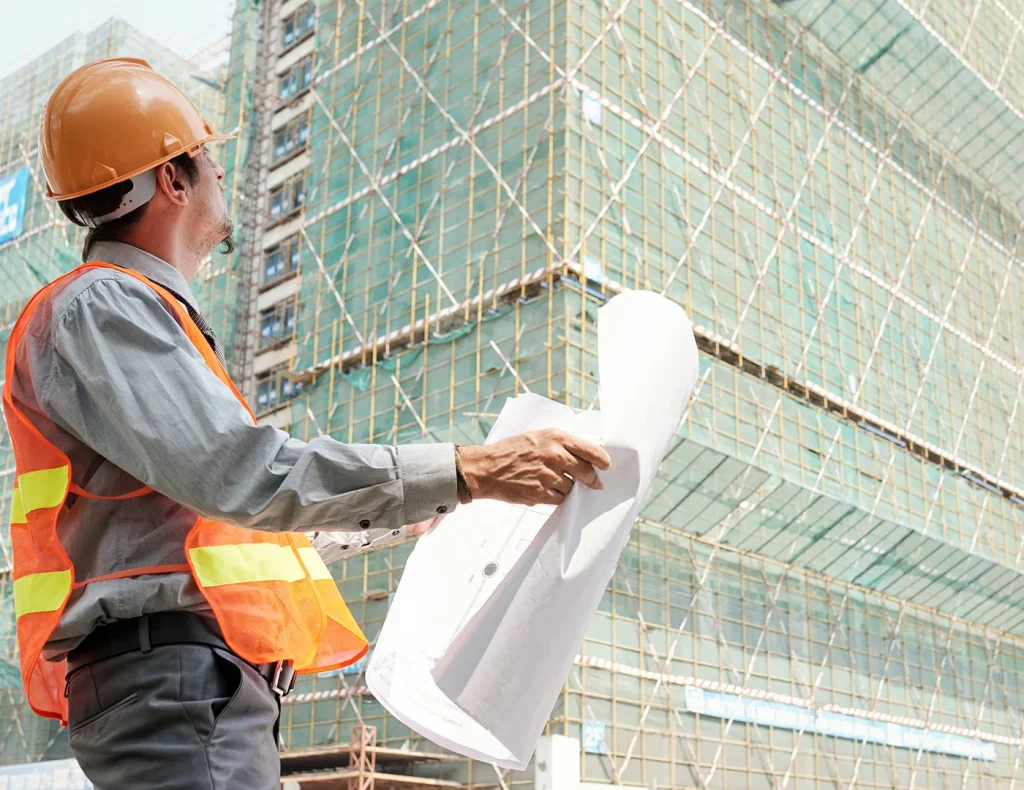Picture this: you step into a towering skyscraper or a bustling apartment complex, where the very bones of the building keep life moving seamlessly. It’s easy to take for granted—the lifts that hum with efficiency, the pipes that quietly carry water to your faucet, the fire alarms ready to scream at a moment’s notice. But behind all that convenience is a whole world of maintenance and safety measures. And when it comes to high-risk buildings, well, the stakes couldn’t be higher.
You’ve probably heard of high-risk buildings before, but what does that even mean? These are structures with a higher likelihood of causing harm if something goes wrong—think tall buildings, hospitals, care homes, or anywhere a lot of people gather. It’s not just about fancy designs or towering heights; it’s about the complexity of keeping everyone safe inside.
The Invisible Forces Holding It All Together
Now, here’s the deal: a building’s strength isn’t just in its bricks and mortar. It’s in the maintenance routines that keep everything ticking, the safety protocols that prepare for the unexpected, and the technologies that keep the whole operation running like clockwork. Without them, even the fanciest structure can quickly become a ticking time bomb.
Take fire safety, for instance. Nobody likes to think about it, but it’s one of those “better safe than sorry” situations. High-risk buildings need state-of-the-art fire detection systems, well-maintained sprinklers, and regular fire drills. You wouldn’t skip servicing your car’s brakes, right? The same goes for safety systems in these buildings.
Or lifts—those vertical workhorses that zip people up and down every day. It’s easy to forget they’re there until one gets stuck (yikes). Experts at Caledonian Lifts Manchester can repair and maintain your lifts, keeping them reliable and safe for everyone.
The Golden Thread of Safety
Speaking of keeping things reliable, let’s talk about the “Golden Thread” concept. Sounds fancy, huh? It’s basically the idea of maintaining a clear, updated record of a building’s safety and maintenance info throughout its lifecycle. This isn’t just paperwork for the sake of it; it’s about making sure nothing slips through the cracks—literally and figuratively.
Think of it like your favorite recipe. If you’ve got all the ingredients written down, you can recreate it perfectly every time. Miss a step, and suddenly you’re dealing with burnt cookies instead of gooey perfection. In high-risk buildings, managing that recipe means tracking everything from structural changes to safety checks.
And hey, managing all that can feel overwhelming, especially when it’s piled on top of a million other tasks. Easily manage your Golden Thread with MosaicGT, streamlining the process so you can focus on what matters most—keeping everyone safe and sound.
A Little Neglect Goes a Long Way (In the Worst Way)
Let’s face it: maintenance isn’t glamorous. Nobody throws a party when the boiler gets serviced or the emergency exits get inspected. But neglect? Oh boy, that’s when the real trouble starts.
It’s like ignoring a leaky roof. Sure, it’s just a drip today, but leave it be, and you’ll be wading through puddles tomorrow. In high-risk buildings, small issues can snowball into catastrophic problems. Loose handrails, dodgy wiring, worn-out fire doors—they might not seem like a big deal at first glance, but they’re accidents waiting to happen.
The kicker? Regular maintenance doesn’t just prevent disasters; it saves money in the long run. Fixing a minor issue is way cheaper (and less stressful) than dealing with a full-blown emergency.
The People Factor
High-risk buildings aren’t just steel and glass—they’re living, breathing ecosystems filled with people. From the folks who live or work there to the staff keeping things running, everyone plays a role in safety.
Training is key. Imagine a fire breaks out, and nobody knows where the extinguishers are or how to use them. That’s a disaster in the making. Regular drills and clear communication go a long way in preparing people for worst-case scenarios.
And don’t forget about accessibility. A safe building is one where everyone can move around freely, whether they’re using a wheelchair, pushing a stroller, or carrying armloads of groceries. It’s not just about ticking boxes; it’s about creating spaces that work for everyone.
Technology to the Rescue
We live in a digital age, and let’s be real—it’s a game-changer for building maintenance and safety. Sensors can monitor everything from air quality to structural integrity, alerting you to issues before they escalate. Smart systems can automatically adjust lighting, ventilation, and even security measures to keep the building in tip-top shape.
And when it comes to keeping records, digital platforms blow old-school filing cabinets out of the water. No more rifling through dusty papers to find the last inspection report—it’s all at your fingertips.
Building a Safer Future
So, where do we go from here? Strengthening high-risk buildings isn’t a one-and-done deal. It’s an ongoing commitment to safety, innovation, and the people who call these structures home.
If you’re responsible for managing a high-risk building, don’t let the enormity of the task scare you off. Start small—review your maintenance schedule, check your safety protocols, and make sure your team is trained and prepared. Bring in the pros when you need to, whether that’s the lift repair gurus or fire safety experts. And don’t be afraid to embrace technology to lighten the load.
At the end of the day, buildings are more than just places where we work, live, and play. They’re the backdrops of our lives, silent witnesses to our daily routines, and sometimes, our biggest milestones. Keeping them safe isn’t just a responsibility—it’s a promise to everyone who walks through their doors.
And hey, isn’t that worth it?



